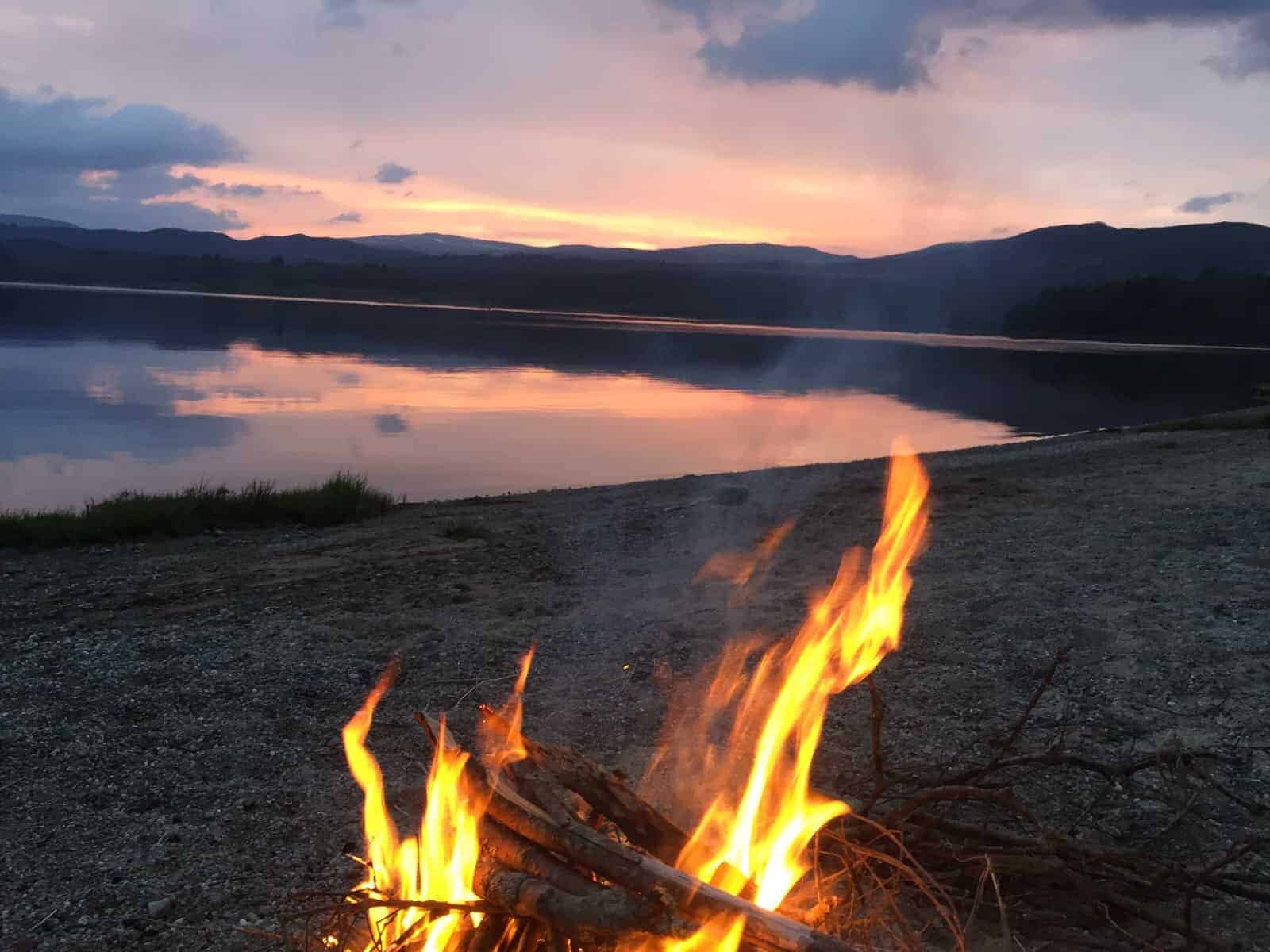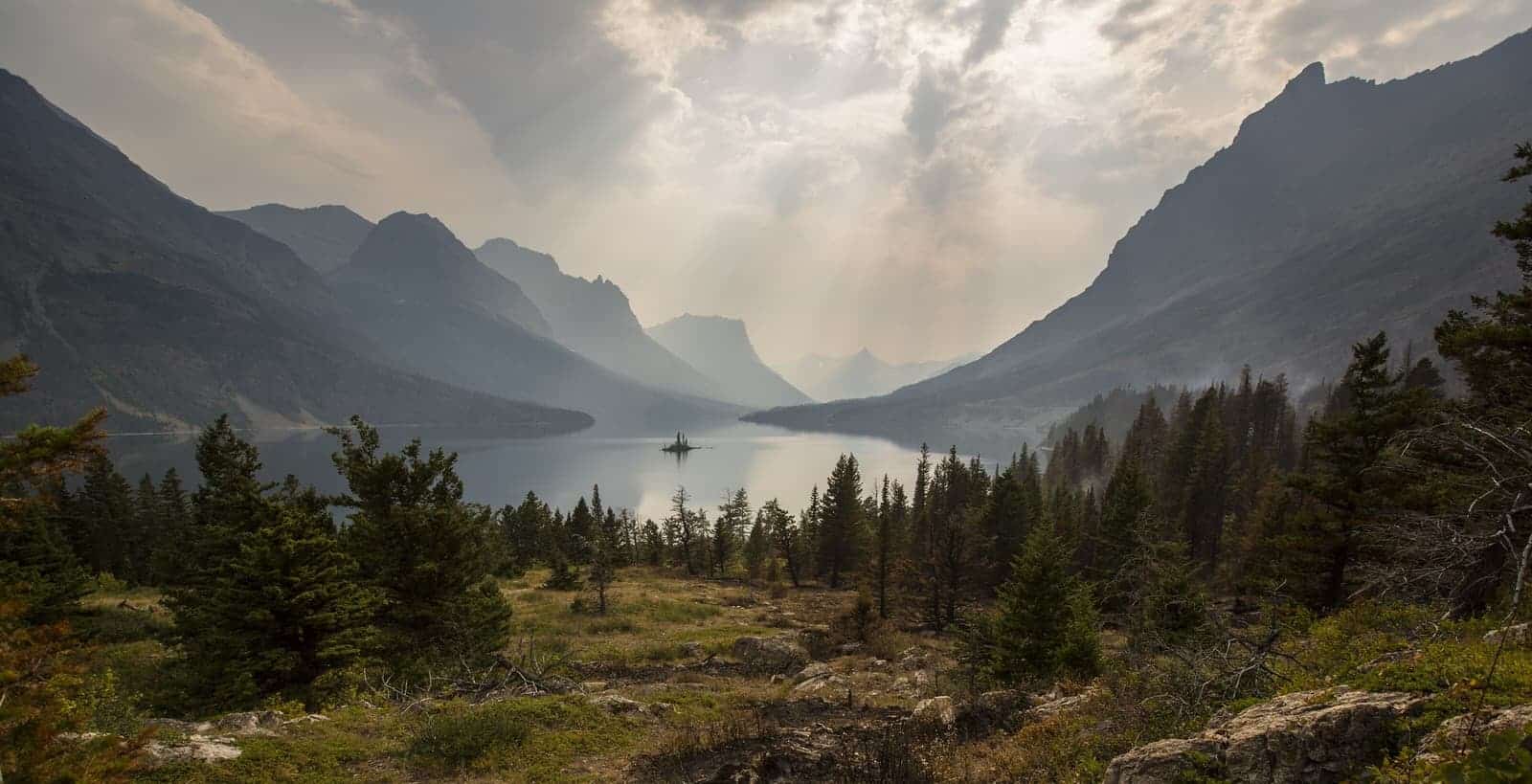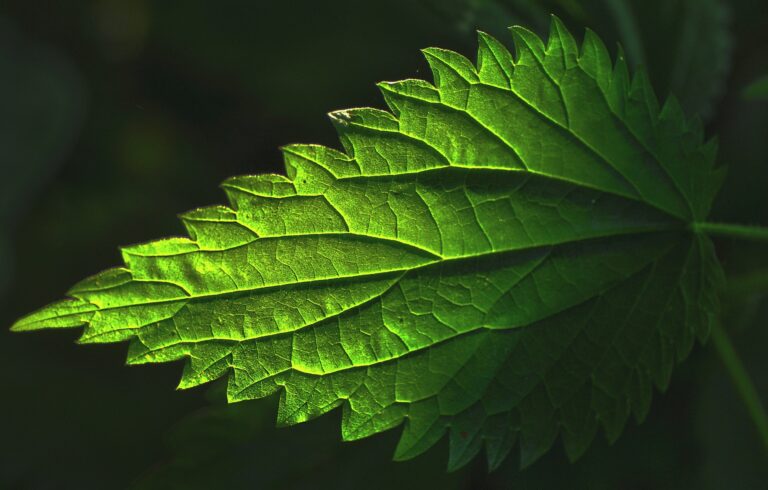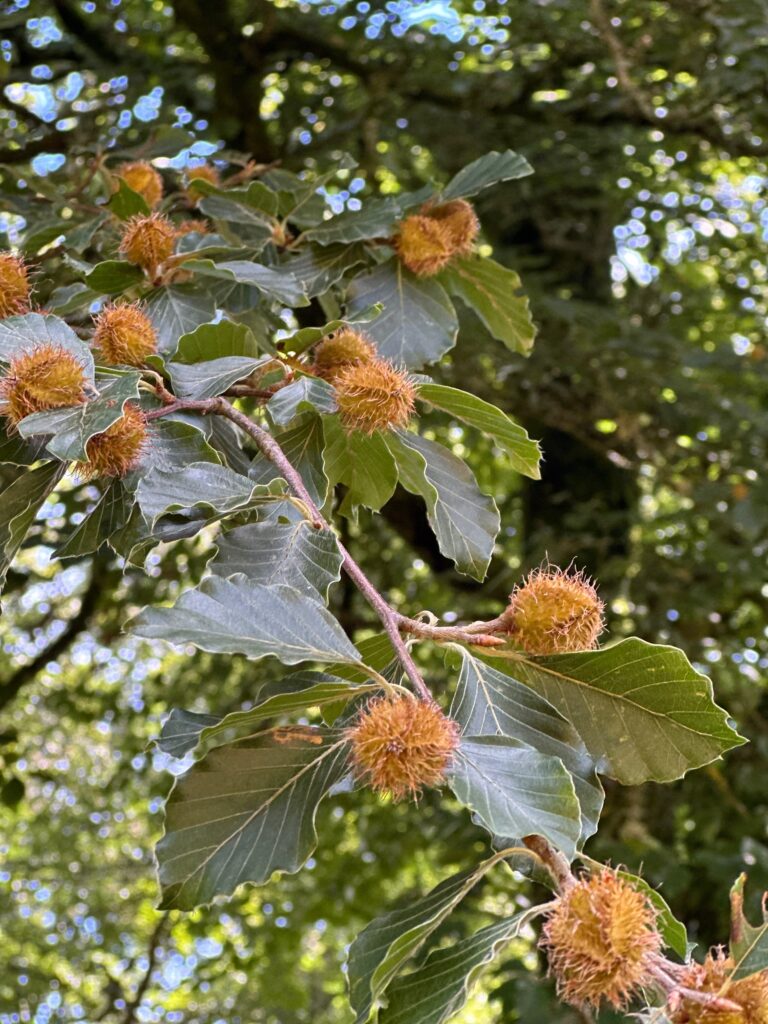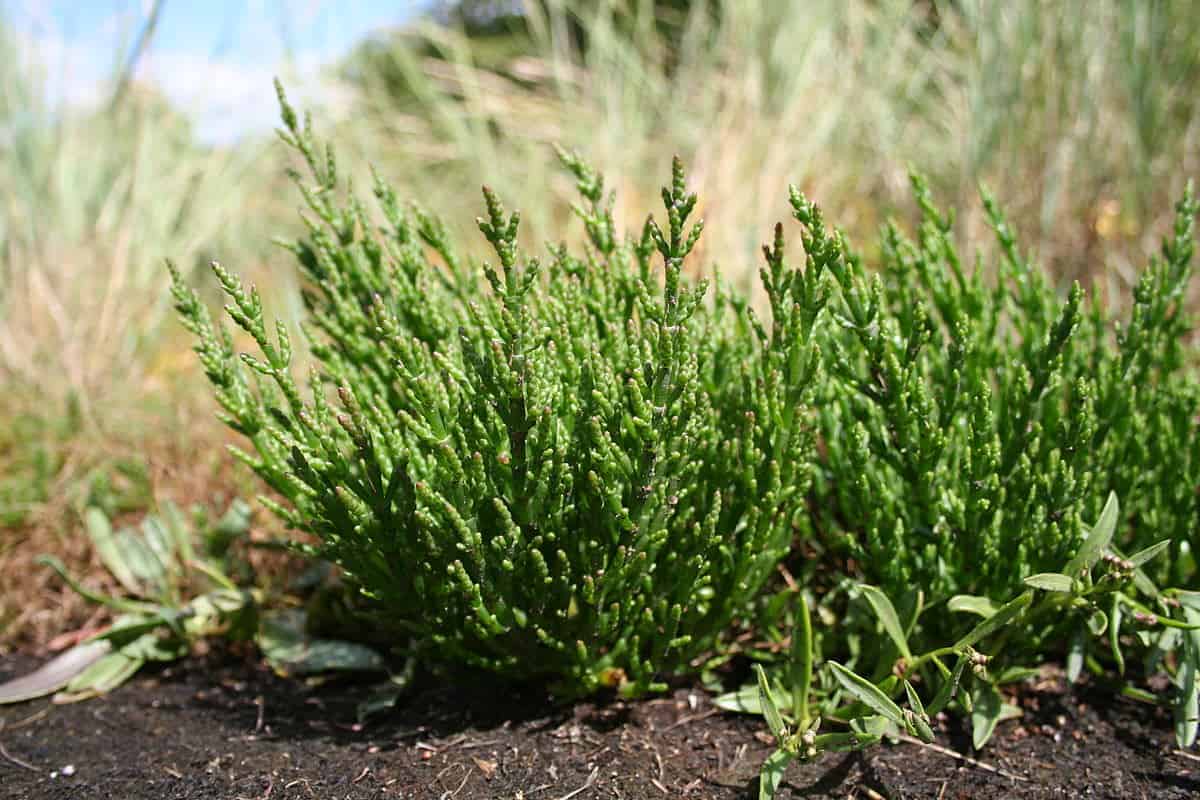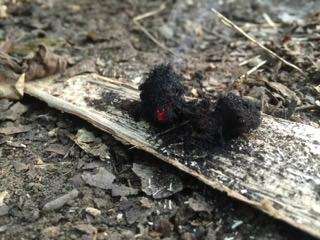Lighting a Fire In Damp Conditions
Lighting a fire in damp conditions is a vital bushcraft skill. Fire is key for keeping warm, cooking food and a whole host of other bushcraft activities; as with all elements of bushcraft the real skill comes in being able to do it in less than ideal conditions. This week, we’re going to look at how to light a fire in damp conditions. This will include a recap of the basics of fire lighting, a look at some basic axe techniques and a video of how to make feather sticks – a very useful tool when it comes to lighting a fire in the rain.
Feel free to read the whole blog or skip to the sections that interest you by clicking on the links below.
- Fire lighting basics
- Sourcing wood in wet conditions
- Techniques for batoning
- Axe techniques for splitting wood
- Carving feather sticks
- Kit
- Further Reading
Fire lighting basics

No matter what the conditions are, successfully lighting a fire relies on following some basic principles. In this section, we’re going to quickly recap some elemental fire lighting principles. Never rush these as getting the basics wrong will make it much harder for you to succeed in lighting a fire and therefore cause you to waste more energy than is needed.
-
Start with tinder
Successful fire lighting begins with finding appropriate tinder. Whether this is natural tinders such as birch bark, or tinder that you have brought with you, such as balls of cotton wool. In damp conditions, you will need more tinder than you would in dry conditions. If it is going to be damp it is better, if at all possible, to plan in advance and bring your tinder with you. After all, you don’t want to have to spend time looking for tinder when you are already cold and wet.
-
Kindling
Now that you have more tinder than you think you might need, it is time for kindling. Kindling is small twigs or sticks no more than pencil thickness. It very important that kindling is dry, we will look at how to find dry kindling in damp conditions later in this blog. After gathering kindling of pencil thickness, collect sticks that are around as thing as a thumb. If wood this size is not readily available it can be made by splitting thicker pieces of wood into smaller individual pieces.
-
Larger pieces of wood
After the thumb-thick pieces of wood, it is time for larger pieces of firewood. You need to several pieces of firewood of steadily increasing size and thickness. Split wood will burn faster than wood that has not been split. We will look at axe techniques for splitting wood later in this blog.
-
Preparing the ground
Before lighting your fire it is important to prepare the ground. In damp conditions, it is a good idea to raise your tinder off the ground. This is best done by clearing away any fallen foliage, down to the bare earth and then laying a platform of small, pencil-thick sticks. You can then use this platform to build your fire on.
LEARN FIRE LIGHTING, SHELTER BUILDING, AXE SKILLS AND MORE ON OUR WEEKEND BUSHCRAFT COURSE.
Sourcing wood in wet conditions
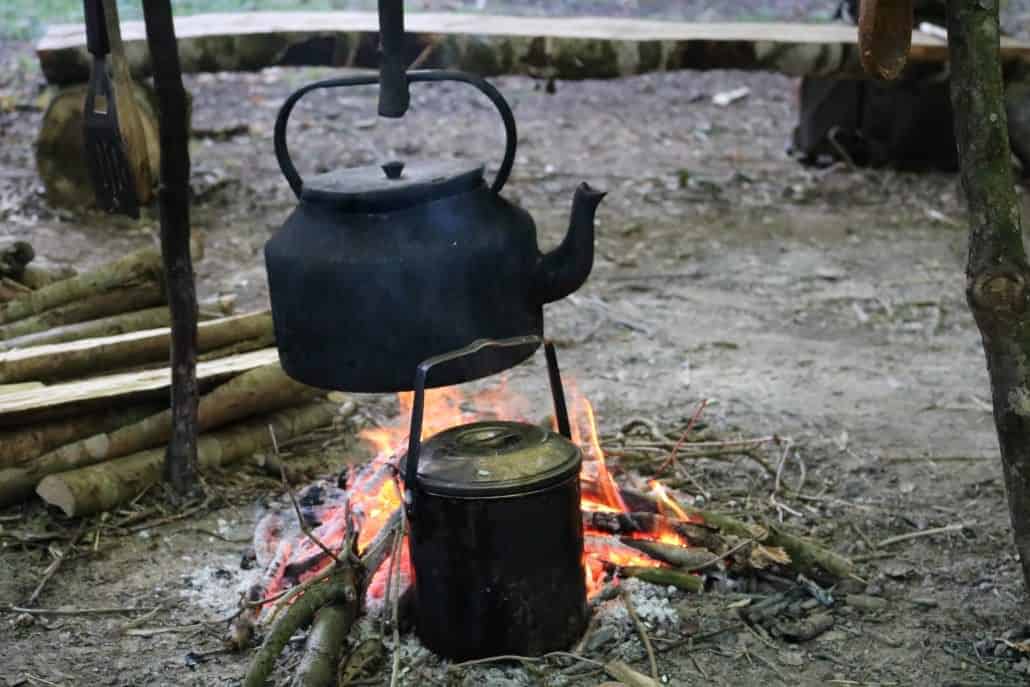
Keeping in mind the basic steps for fire lighting, the first step (after having checked that you’ve brought your tinder) is sourcing dry wood for kindling – or for making into tinder if necessary.Remember, when you’re looking for wood, dead, standing wood is the best for fire lighting. With that in mind here are some tips and techniques for finding wood in damp conditions.
-
Gather as you go
One of the most common mistakes is in waiting until you are at your campsite before starting to gather fuel for your fire. Rather than waiting until you’ve arrived at your destination gather materials as you walk into camp. -
Look for dry patches and don’t pick wood from the ground
Look for patches of dry ground around trees, such as patches that have been sheltered by the tree’s canopy. If dry, dead, standing wood is not available then look for twigs on the ground under the shelter of the tree. Dry, dead twigs will snap cleanly if pressure is applied to them if the twig does not break cleanly or simply bends then discard it and continue your search. -
Look for the wood inside
While the outside of the wood, be it a branch or twig, might be wet the chances are that the inside of the wood is dry. Provided that the wood is not soaked through then whittling away the outside of the wood can give you access to the dry wood inside. For larger pieces of wood, you will need to split it either by batoning or by using an axe. We will look at the finer points of both techniques further on in this blog.
LEARN FIRE LIGHTING, SHELTER BUILDING, AXE SKILLS AND MORE ON OUR WEEKEND BUSHCRAFT COURSE.
Techniques for batoning
Batoning is a technique for splitting smaller pieces of wood with a knife. It involves placing the knife on one end of the piece of wood and the other end of the wood on the ground. The back of the blade should then be struck with another piece of wood to force it into the piece of wood that you are trying to split. With the blade of the knife now embedded horizontally into the piece of wood you should now strike the front part of the protruding blade. Strike this part of the knife regularly with equal force each time until the wood is split.
Considerations when batoning
When batoning it is important that you use a fixed blade, e.g. not a folding blade, knife. The knife should ideally be full tang, or narrowing tang otherwise you risk breaking the blade on the knife and causing yourself injury. Batoning should only be attempted on pieces of wood that have a diameter that is smaller than the length of the blade of the knife. For larger pieces of wood an axe should be used.
Axe techniques for splitting wood
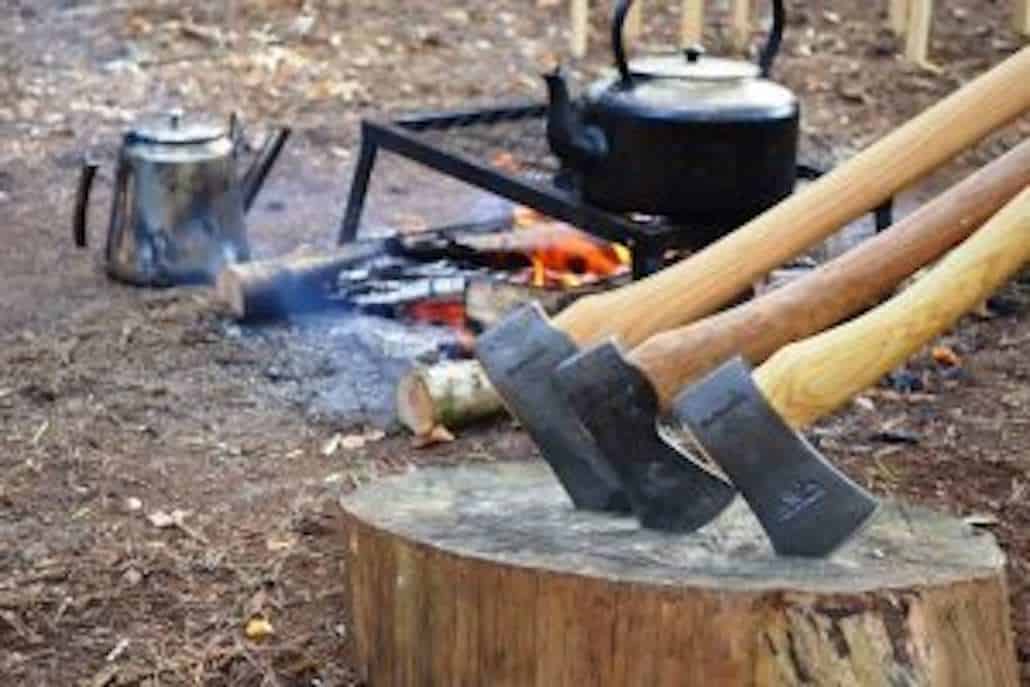
Larger pieces of wood will need to be split with an axe. Remember to ensure that you are stood or knelt in such a way that, should the axe slip, it will not strike your legs (or any other part of your body).
Splitting smaller rounds
Smaller rounds of wood can be most easily split by holding the axe and the round of wood horizontally together so that the head of the axe is in contact with the top of the round. The axe and round of wood should then be brought down together hard on a raised surface – such as a tree stump.
Splitting larger pieces of wood
Choose a stump about knee height and place the larger piece of wood on this stump at the furthest stable distance away from your body. Position your legs away from the stump so that should your swing miss the axe will not hit your body. Raise the axe to around chest height, ensuring that you have a good two-handed grip on it, then bring the axe down, in a smooth and slow motion, into the wood that you want to split. Remember to let the weight of the axe do the majority of the work.
LEARN FIRE LIGHTING, SHELTER BUILDING, AXE SKILLS AND MORE ON OUR WEEKEND BUSHCRAFT COURSE.
Carving feather sticks
Feather sticks are a great way of lighting a fire when it is damp. The can be made from small rounds of wood that have been split either by axe or by batoning. Watch the video below to learn how to make feather sticks.
Watch: Carving Feather Sticks
Kit
Here are some pieces of kit that you might find useful when lighting a fire in damp conditions. Please note that aside from Bear Blades Wildway Bushcraft is not associated with any of the brands or pieces of equipment listed below – we don’t get anything extra if you choose to purchase one of these items!
- Fallkniven DC4
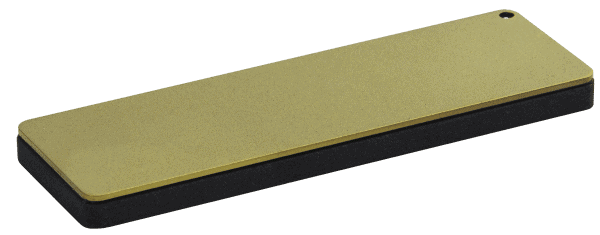
This diamond/ceramic whetstone is perfect for use in the field.
https://www.fallkniven.com/en/knife/dc4/ - Knives
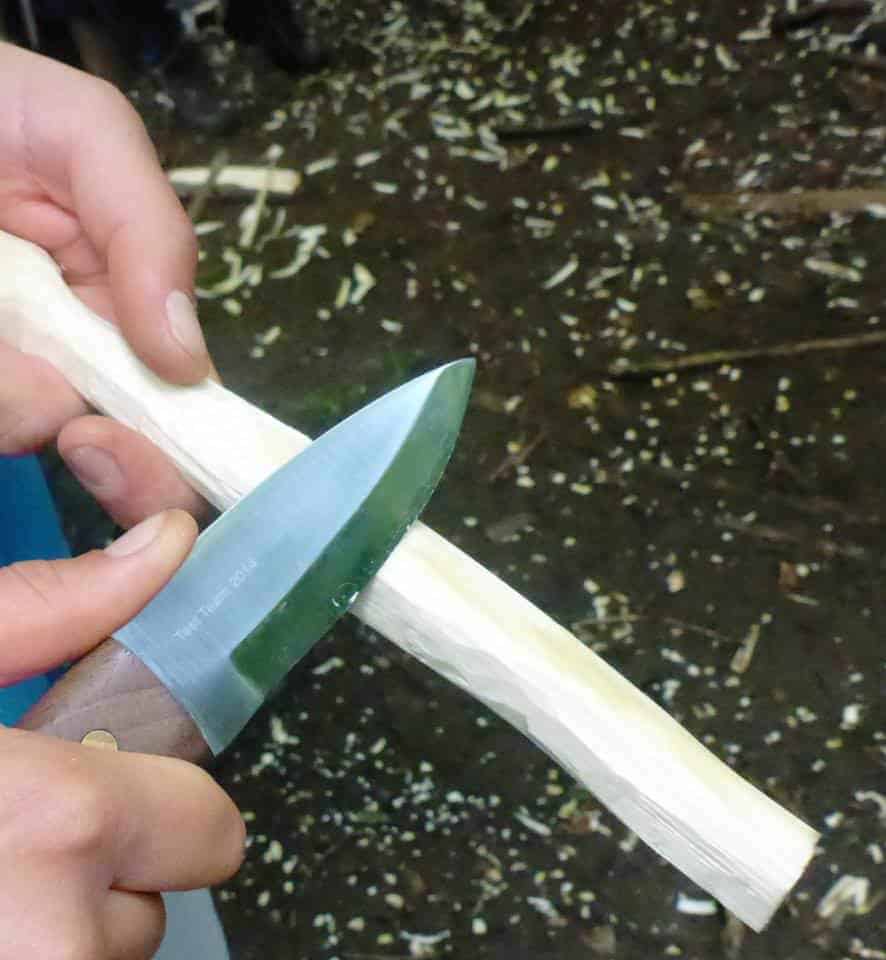
Wildway Bushcraft use Bear Blades.
“Constructed from superb quality D2 steel this knife is ideal for bushcraft and wood crafting. Our most popular knife due to its versatility and functionality, suited to tough daily use in the woods.”
http://bearblades.co.uk/ - Gransfors Bruk Small Forest Axe
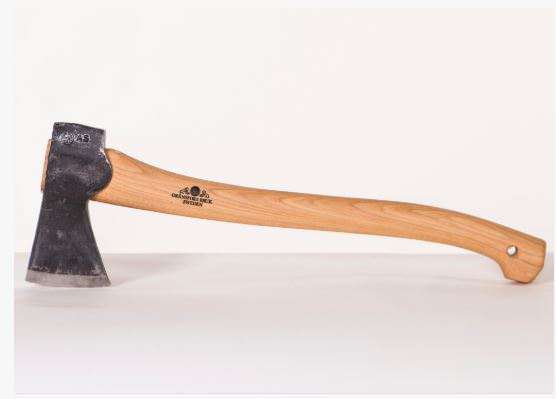
https://www.gransforsbruk.com/en/product/gransfors-small-forest-axe/
Wildway Bushcraft use a small forest axe from Gransfors Bruk. You can find out more information about Gransfors Bruk via the link below.
https://www.gransforsbruk.com/en/product/gransfors-small-forest-axe/
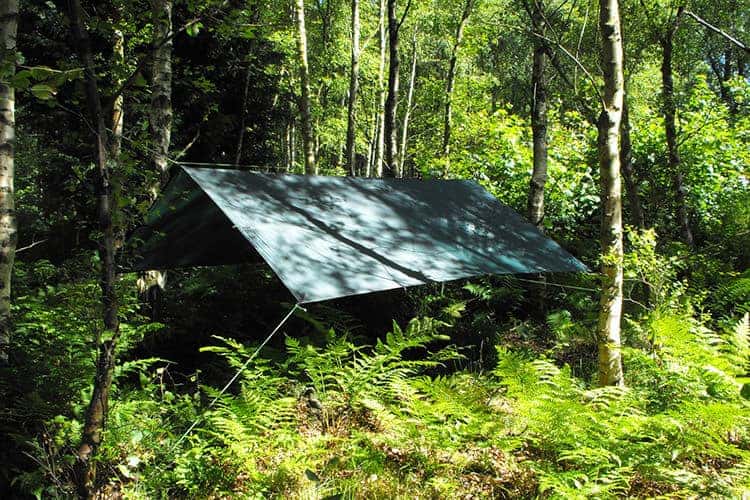
The DD 3×3 Tarp is a classic of the camping world. You can read our review of it here.
The tarp can be found online via DD Hammocks at the link below.
https://www.ddhammocks.com/

